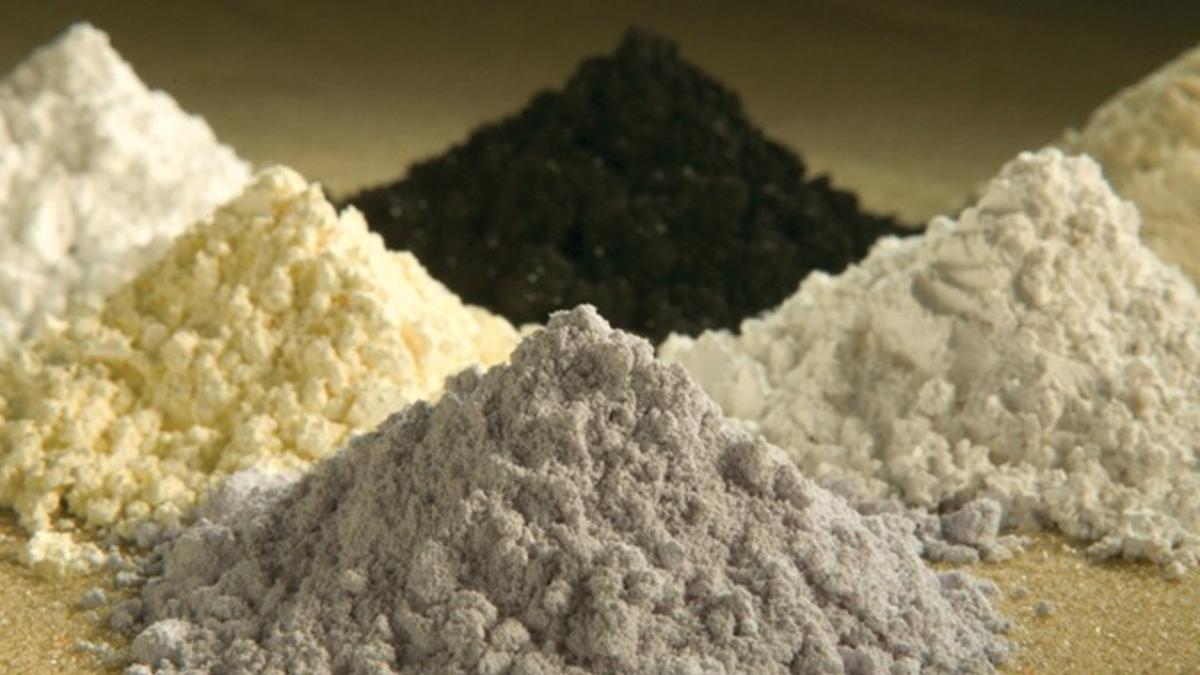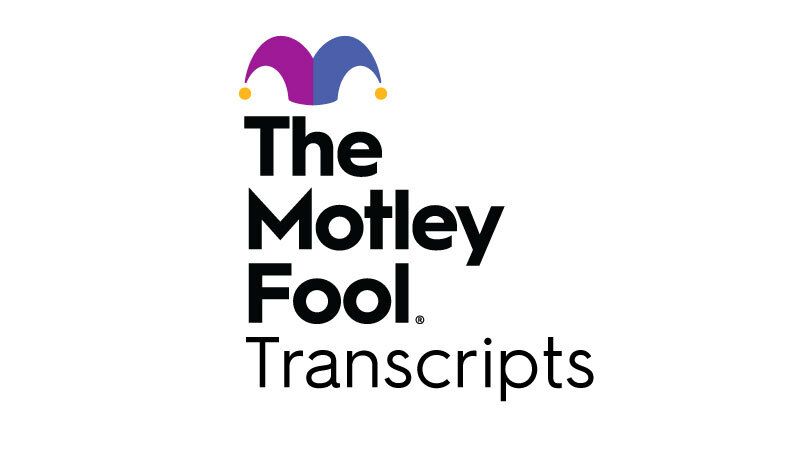Copyright thewest

Critica Limited has identified a secondary high-value opportunity within its flagship Jupiter clay-hosted rare earths deposit near Mt Magnet in WA which shows gallium oxide as a viable by-product with a leach recovery of about 63% through the company’s proven beneficiation-first flowsheet. The breakthrough, tied to the production of Critica’s first mixed rare earth product (MREP), elevates the strategic allure of the company’s stunning 1.8 billion tonne Jupiter rare earths resource - considered Australia’s biggest inferred clay-hosted rare earths endowment. The move adds about 70,000 tonnes of contained gallium oxide to its already impressive profile. Located near Mt Magnet in Western Australia’s mineral-rich Murchison region, the Jupiter project, which features excellent nearby infrastructure, shows low impurities, where the uranium and thorium content is well below International Atomic Energy Agency (IAEA) thresholds. Its grades average a solid 1700ppm total rare earths oxides (TREO) at a 1000 ppm cut-off grade. The deposit’s newly discovered gallium distribution is remarkably consistent at about 39ppm gallium oxide across the resource model, with hot-spots exceeding 50ppm, underscoring its homogeneous scale and potential for straightforward extraction. Metallurgical testwork, building on the successful MREP production announced in late October 2025, shows gallium upgrading about 1.2x in the flotation concentrate before reporting to the leach solution alongside rare earths. Later testwork conducted by the Centre for Science and Technology of Mineral and Environment ( GAVAQ) has shown that about 63% of gallium reports to the leach solution. Jupiter continues to deliver scale, simplicity and strategic value. Metallurgical results indicate a clear line-of-sight to by-product recovery of gallium within the same process circuit that produced our first Mixed Rare Earth Product (MREP). Importantly, the process occurs without altering the existing hydrometallurgical circuit, maintaining the project’s simplicity and economics. Ongoing trials at partners GAVAQ, ANSTO - Australia’s Nuclear Science and Technology Organisation - and Australian combined consultancy Minutech- AMML will now hone precipitation methods to yield specification-compliant gallium products, while also scouting possible germanium and scandium production pathways. And the timing couldn’t be sharper amid global supply chain tensions. China dominates more than 98% of global gallium production and imposed export license controls in 2024 which eventually escalated to a full ban on shipments to the US by December. Gallium is essential for next-generation semiconductors, light-emitting diodes (LEDs), and assorted defence technologies and its scarcity amplifies Jupiter’s role in sustaining Western-aligned critical minerals security. Critica’s project de-risking momentum is accelerating, building on the company’s 50kg laboratory proof-of-concept upgrade work in January. That early work achieved an upgrade factor of about 830% by subjecting a composite sample from Jupiter of representative mineralisation to a simple flotation process at room temperature to produce a beneficiated product grading 13,310ppm (or 1.331%) TREO. That triumph resulted in the company sending a 400kg bulk dispatch to GAVAQ in Vietnam in May for scale-up testwork. Those earlier milestones were followed by September’s intermediate product validation which saw material sent to GAVAQ, ANSTO and Minutech for parallel hydromet programs, which confirmed flotation-to-leach integration and process consistency and delivered between 6 and 10 times TREO beneficiation through about 95% mass rejection In early September, the company commissioned a 3000kg closed-circuit pilot plant to provide continuous operating data and additional concentrate for further product optimisation. A real red-letter day came on 28 October when Critica achieved its first MREP production through a standard acid-bake pathway, followed by calcining. The process delivered a product from Jupiter concentrate assaying 84% TREO, for a 78% recovery to magnet REO, confirming high leach extraction and validating the company’s beneficiation-first strategy. The data will feed directly into a H1 2026 Scoping Study and H2 2026 pre-feasibility study (PFS), while offtake talks are currently underway. At a cut-off grade of 1000ppm TREO, Critica’s giant rare earths/critical metals resource contains an eye-watering inferred 1.8 billion tonnes at a grade of 1700ppm TREO, 380ppm magnet rare earths oxides (MREO) and 39ppm gallium oxide, containing 2.94 million tonnes of TREO, 682,000 tonnes of MREO and 70,100 tonnes of gallium oxide. As pilot operations ramp up through H1 2026, Critica is positioning Jupiter not just as a rare earths powerhouse, but a multi-commodity gemstone in Australia’s critical minerals crown that is poised to deliver diversified value in an increasingly geopolitically-difficult world. Is your ASX-listed company doing something interesting? Contact: matt.birney@wanews.com.au



